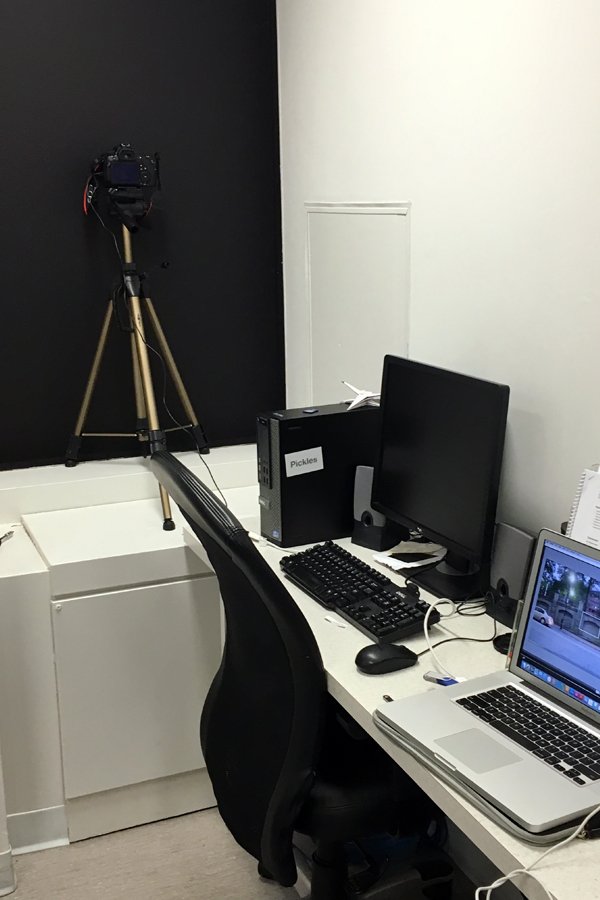42 Seagulls
Alderney Landing, Dartmouth, Nova Scotia
October 2022
If you step outside during the quiet hours of the morning, the sound of a seagull’s call is an immediate reminder that you live near the coast. And as coastal dwellers, Maritimers and seagulls have much in common. Gulls, like Maritimers, mostly live in large, packed colonies, and are incredibly adaptable, resourceful, and inquisitive. Unlike other migratory birds, gulls don’t typically fly in formation - they are a flock of individuals that benefit by sticking together. Gulls survive on what the sea provides them, or they make use of what they can find on the shore. And, like true Maritimers, they are not above getting a little scrappy to protect the treasure found in another’s trash.
The gulls were created by pasting together bits and pieces of images found in magazines from the Library’s discarded materials rack. This technique is popular among children’s book illustrations and a creative way to upcycle old, pre-used printed material into something new. The collaged birds were then digitally scanned and printed onto an acrylic substrate and cut using a computerized numeric control cutter
I Prefer The Ladder
Nocturne: Art at Night, Halifax, Nova Scotia
October 2018
I Prefer The Ladder was a minimalist installation celebrating the near-perfect and pragmatic design of the ladder and how their use interrupts the built environment. Using an empty shop with a drop-down ceiling, I created a walk-through path using ladders occupied by mannequins positioned to be working in the hidden space between the drop-down and the actual ceiling. Each mannequin was dressed in facility service wear and had most of their body hidden in the drop-down gap, to produce an element of believability. The room was be silent. The intention was to create a surreal environment that was both fragile and perplexing.
Échapper
Nocturne: Art at Night, Halifax, Nova Scotia
October 2016
Lumiere Art Festival, Sydney, Nova Scotia
September 2017
Échapper, in French means: to escape. In cycling, it refers to a break away or to leave the bunch behind. The drive professional cyclists have to push themselves beyond their limit is a mix of inspirational, psychotic and enigmatic, especially to those foreign to the sport. Where does the “drive” come from? What motivates an athlete to push harder after pushing for hours.
Use cycling as a recognizable catalyst to explore the motive of winning, this installation asked participants to participate in a physically challenging race, when the finish was unknown. While participants pedaled away, through a combination of sound, installation and a live emcee performance they were be playfully encouraged to attempt to best their opponents. As the race progressed, the audio commentary, performance of the emcee and inevitable audience cheering further pushed the participants to compete harder. However, as the encouragement continued, without fail, participants soon become aware that there was no finish and no declared winner. The impetus to win was entirely internal. Participants came and went throughout the night, but the race continued on.
Friend to be Found
Nocturne: Art at Night, Halifax, Nova Scotia
October 2015
“A Friend to be Found” was an interactive and individualized Nocturne-wide manhunt supported by instant photo production and social media. Participants were initially faced with a wall of blocked out windows on the exterior of the Printing House, except for a single opening with a camera lens facing out. Surrounding the lens-hole was a disclaimer announcing that by looking in the opening, the participant’s photograph would be taken, printed and handed out to another participant, whom they may or may not know, at a yet-to-be-determined time during Nocturne. The printouts were formatted in an easy to handle, 3” x 6” size and included a description of the purpose of the photograph along with the social media hashtag “#friendfoundnocturne”. With the assistance of Printing House staff, the printouts were compiled periodically throughout the night and distributed from the main entrance of the building to event attendees walking past. The participants who were given the printed cards of other participant’s faces were then presented with the challenge of finding the person whose card they now possessed. Should they come across the photographed participant, they could share the experience of meeting a new “friend” on social media using the hashtag. In total, a little more than 400 participant’s photos were taken and distributed. Five, connections were made at the point of distribution wherein the participants could identify the person in the photograph as being a friend, neighbour or classmate. And three connections were made over asocial-media following the event.
Riding the Rails
Nocturne: Art at Night, Halifax, Nova Scotia
October 2017
This series of portraits explores Canada’s real and imagined past of immigrants and travellers who have ridden the train at Pier 21 in Halifax, Nova Scotia. The composite characters explore both the different waves of immigrants who landed at Pier 21 but soon left for other parts of Canada as well as those Canadians who were leaving for other parts of the world. The portraits were installed onto the windows of the mock Colonist Car at Pier 21: Museum of Immigration during Nocturne: Art at Night 2017.
Garden Hose
2017
After noticing a small fenced in area at the East end of the Halifax Commons (the Cornwallis Street Gateway) had been erected with no clear purpose, besides holding an innocent garden hose, I was inspired to create a small sign to engage the space. Weeks after erecting the sign I learned that the fenced off area was the site of a permanent public art installation, work in progress. Thankfully the artist working in the space shared my sense of humour.





















